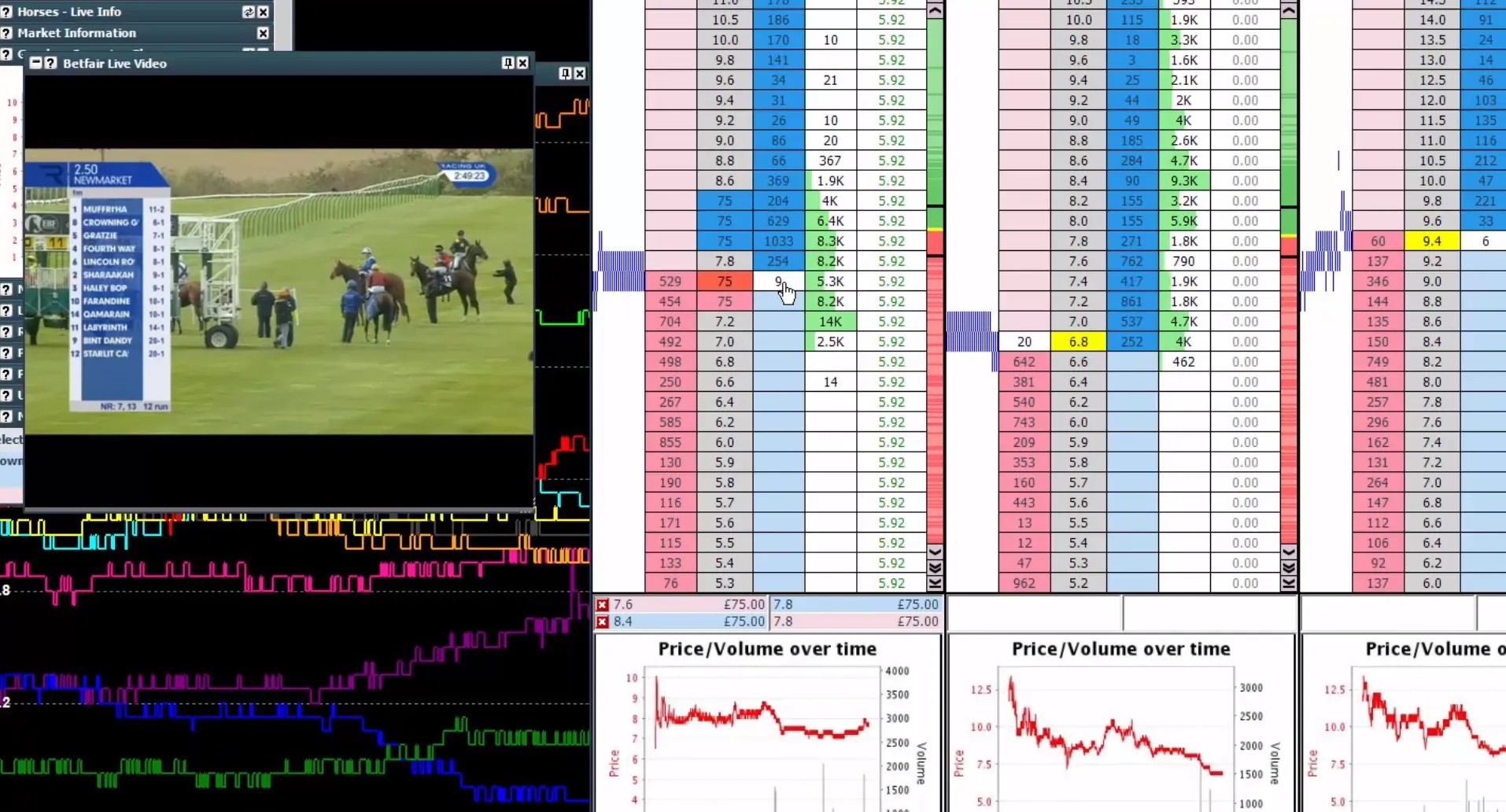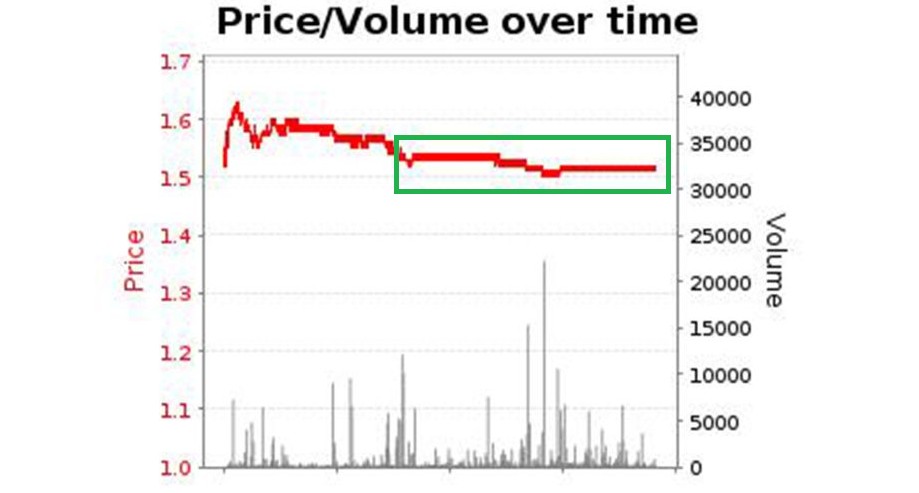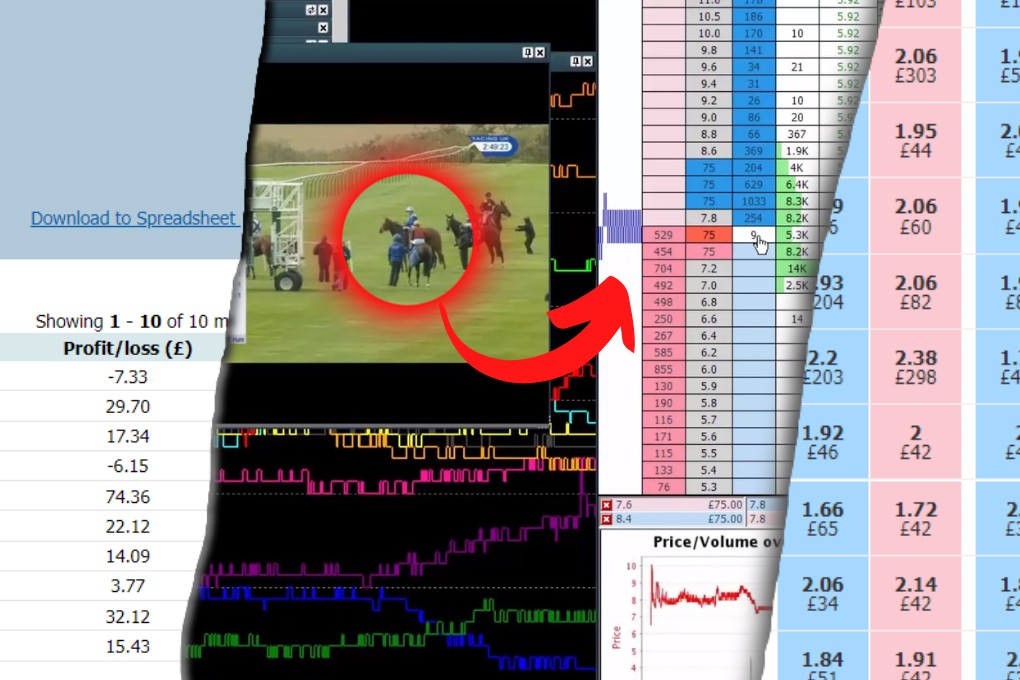Learning how to trade your first horse race is simple, although that doesn’t mean you’ll be effective…
Horse racing markets are unlike any other on Betfair’s Exchange. They can be incredibly fast-paced and volatile, or steady and stable. Because of this, it’s important that you select the right horse racing trading strategy for the job.
With so many races each day there’s no need to rush ahead, prior planning and understanding are rewarded handsomely.
What to Expect Trading Your First Horse Race…
Make no mistake, trading is a lot of fun. If you’ve only ever seen trading in the movies, you might assume that it’s all about chasing gigantic wins in extremely volatile markets. While that may be true at times, it’s not how most successful traders operate on a day-to-day basis. Smaller, consistent returns with low-risk are more like reality (for the winners anyway).
By the end of an average trading day, a £5-£8 per-race average can really add up. On a Saturday it can be even more when you consider there are 70 odd races some weeks.
Being realistic about your expectations is an excellent place to start. Betfair trading is heavily impacted by your mentality as a trader, so starting with the right expectations can really help.
Which Horse Racing Strategy is Best?
There are an infinite amount of ways to trade a horse race on Betfair.
After years of trading, you slowly build up a large collection of strategies that you can use in the right environments. Every strategy is best used in different market conditions and variables. There’s no “one size fits all” unfortunately. However, as a rule of thumb, I would suggest swing trading suits volatile low-quality racing and Betfair scalping suits higher-turnover stable betting markets.

When starting out, you’ll want to focus on ONE strategy at a time. It’s impossible to measure your successes and failures if you’re consistently changing your approach. This of course means a lot of watching and analysing with less betting. Each betting market is different so it’s important that we adapt and fit around the opportunity, trading what we want to see only leads to the poor house…
In other words, prepare to sit on your hands and do nothing for the majority of the time. Sound exciting? Good.
Preparing to Trade Your First Race:
While not strictly essential, it’s rare to see any pre-race trader achieve much success without the use of third-party software.
I use geeks toy software myself, but there are many other options all at a similar low cost. Programmes such as Geeks Toy will allow you to trade using the ladder view, which makes it much easier to see the full depth of the market. In other words, you can see how much money is available at each price. Added to that, the odds are refreshed much faster than when using the Betfair Exchange website alone. Timing is crucial in this game. Being a few seconds behind the rest of the market can cost you dearly.
Familiarise yourself with the software by watching videos online, reading the manual or playing around in safe mode. You don’t want to accidentally place a large bet without realising it!
It’s time to open up a racing market…

You’ll want to open a market starting in around 15 minutes. Most of the action happens in the final 10 minutes, so this will give you a few minutes to settle in before it gets busy.
Focusing on a simple strategy such as Betfair scalping to trade your first horse race is wise. It works on the majority of races and you’re risk-exposure is minimal. Take a look at the brief breakdown below.
Stable Markets: Knowing Where to Start!
Excuse the pun, but scalping is one of the most popular approaches for a good reason. It’s simple, easy to understand and works without knowing too much about the markets.
It involves making lots of small trades in relatively stable markets.
We’re going to look for a horse that has a relatively “flat” chart like the below. If the price has been swinging around, its more dangerous to take this approach. There’s no hard rule but I find that it’s best to stay within the odds ranges of 3.00 to 8.00 when starting out. If this is your first time, I suggest using small stakes that you are comfortable with losing.

All we’re going to do is place two orders on either side of the current price range and absorb the markets late activity. The trick is to time your bets on either side of the active trading price so that they are equally absorbed around the same time – leaving your trading position open for a minimal time.
With a bit of luck and patience, both orders should eventually get filled and you will be left with a small profit on that horse.
The exact way of doing this will depend on the software you have chosen, but you’ll now want to green up all of your selections. This means that the profit you have secured on that one horse will in effect, be distributed across all the outcomes. This leaves you with a profit, no matter who wins the race.
If the market jumps through your orders and continues to move, you need to be quick to cancel your remaining orders. It’s better to get out early instead of hoping the market will turn back around. You’ll often be left with an even bigger loss. This approach is purely around order management.
Before You Trade a Race:
Every racing market is different but some do share similar characteristics. High-quality handicap races are often more suitable for scalping if the handicapper has done a good job, as the horses should have an equal chance of winning.
You’ll also notice that bigger racing festival markets behave entirely different to smaller, one-off races with lesser-known jockeys. The Cheltenham Festival is a great example of a series of markets that have a huge turnover and therefore act very differently to a Thursday night at Kempton. Markets at Cheltenham are often much slower-paced and price action bounces around less than others.
Most importantly when starting out, try to be defensive in your trading style. The traders who survive the longest are usually the ones who are most careful with their stakes and know when to cut a loss. Cutting losses and being protective will bring you more success than going all-in and being wiped out before you even begin.
For more advanced help, take a look at this pre-race trading guide by clicking here.

